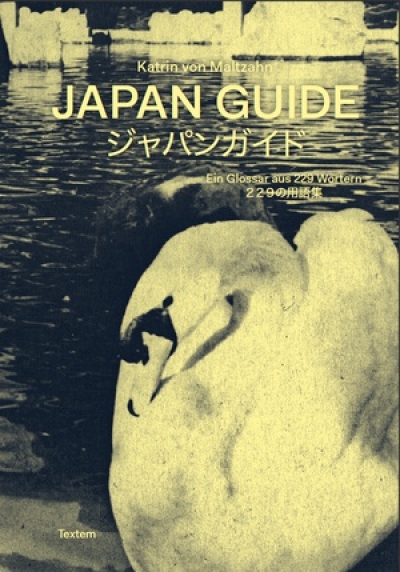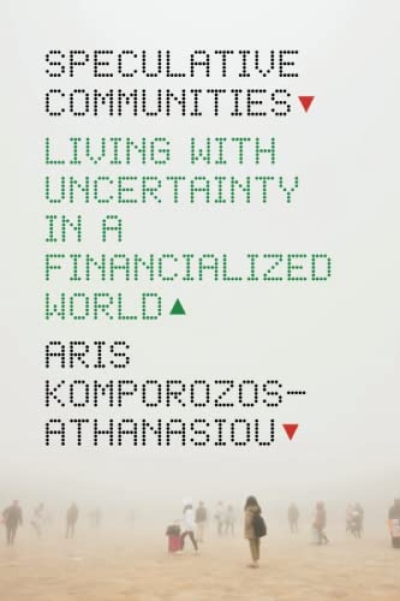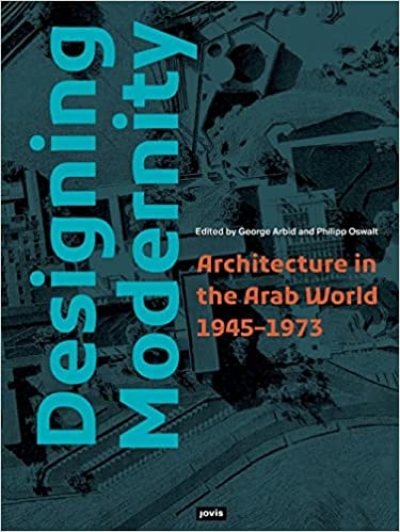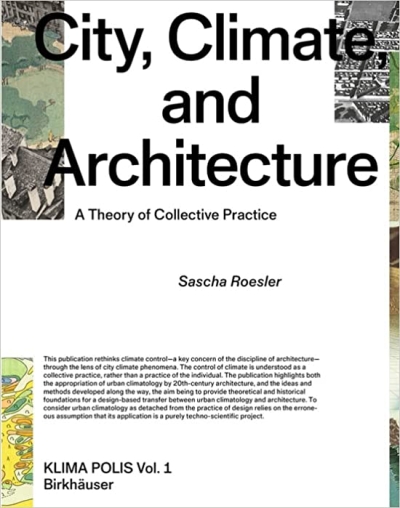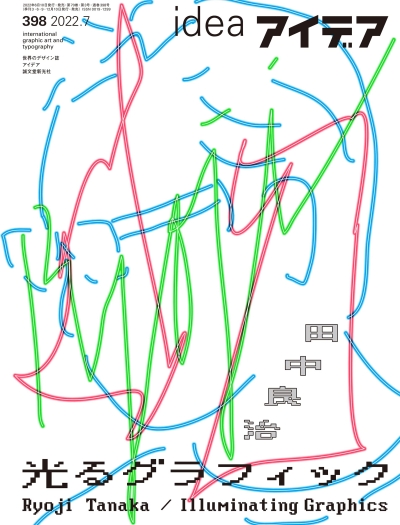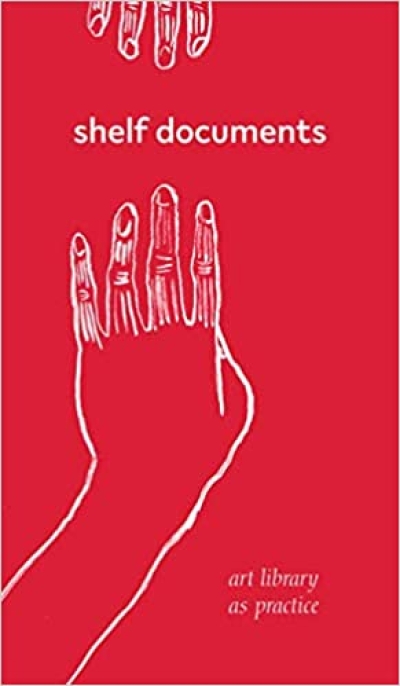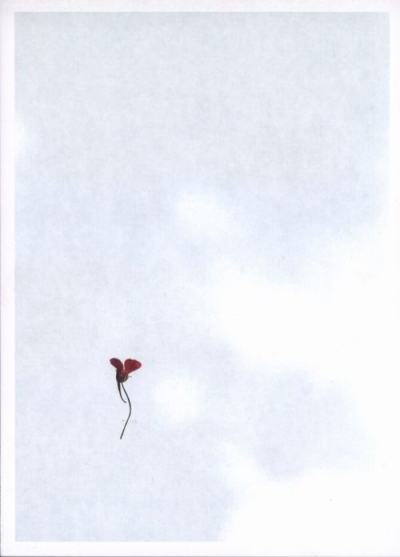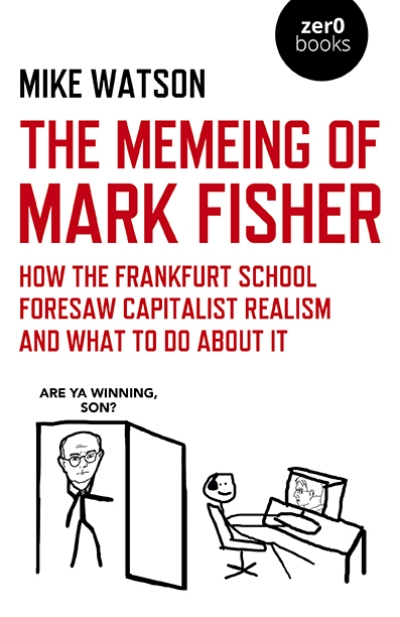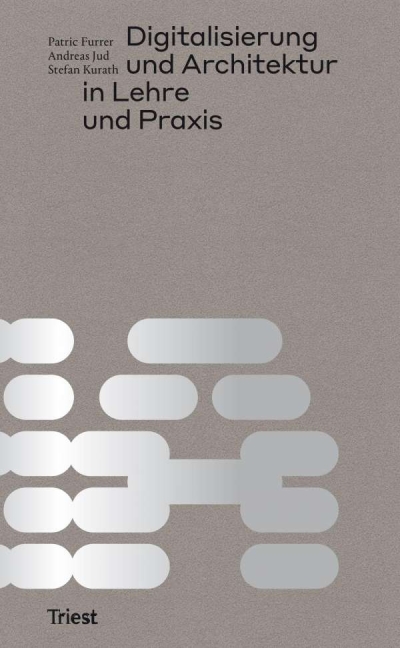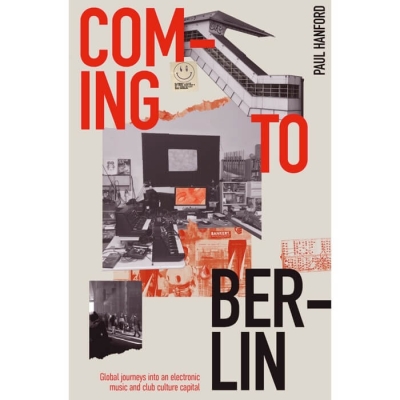
IDEA 386. Ministry of Graphic Design Fikra Graphic Design Biennial 01 Index
Direction by The Office of the Archive (Tetsuya Goto & Saki Ho) & Idea
Design by LABORATORIES (Kensaku Kato, Hiroyuki Kishida)
Translation by Duncan Brotheron, Manami Yamamoto, Emma Okubo, Christopher Stephens, Tetsuya Goto
Cooperation by Fikra Graphic Design Biennial
Photo by Obaid AlBudoor
The Sharjah-based, inaugural Fikra Graphic Design Biennial titled “Ministry of Graphic Design” presents graphic design as an intrinsic part of today’s world, seen in many aspects of our daily routine. Hosted in a country with innovative ministries, such as the Ministry of State for Happiness and Wellbeing and Ministry of Artificial Intelligence, the idea of a fictional “Ministry of Graphic Design” was utilized to dig deep into the origins, contemporary value, and potential of graphic design. Artists from many parts of the globe, including the Middle East, were invited to give lectures, workshops, and hold exhibitions that explored the possibilities of graphic design.
The “Ministry of Graphic Design” was organized into five departments. The Department of Graphic Optimism presented an overview of graphic design in the UAE between the 1970s and 90s whereas The Department of Mapping Margins analyzed de-centralizing and de-colonizing strategies for design criticism. Design works of a wide range of designers from multi-cultural backgrounds were displayed in The Department of Non-Binaries while The Department of Flying Saucers functioned as an office space for four independent projects across the globe. Lastly, The Department of Dematerializing Language introduced unconventional ways of communication through design works, breaking away from the burden of producing easy-to-understand, legible works.
This issue serves as an index of the keywords presented in the biennal and an attempt to reimagine the event through the contextualization of the behind-the-scenes work and the words of the artistic directors, curators, and featured artists.
